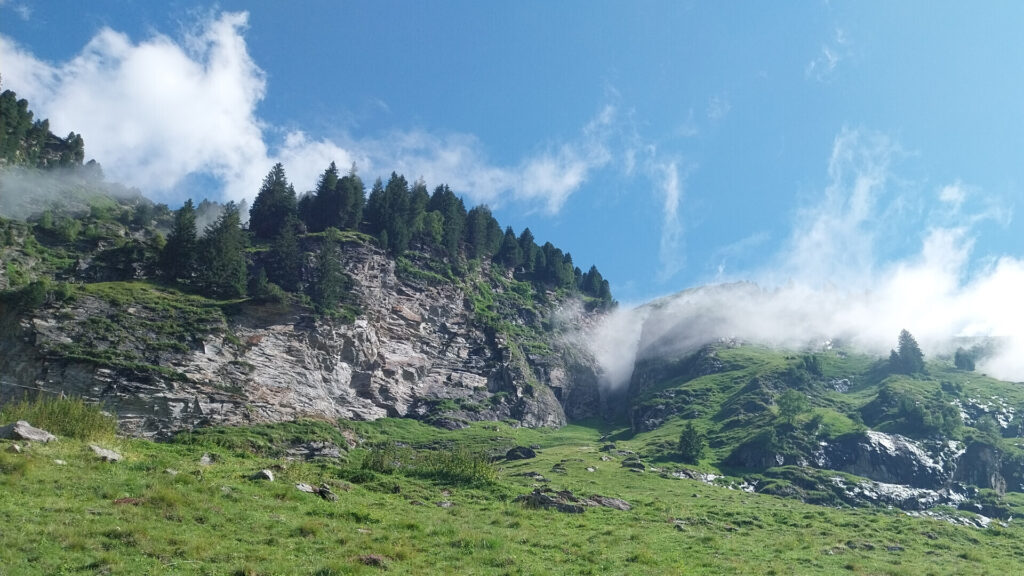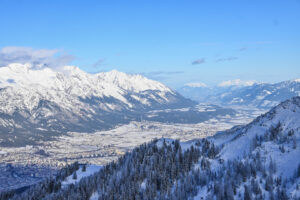Thematic Frame
Atmospheric boundary layer flows are characterized by their direct interaction with the Earth’s surface, resulting in highly heterogeneous behaviors in both space and time due to the strong gradients near the surface. These flows are influenced by a variety of factors, including terrain, land cover, and atmospheric conditions, creating complex patterns of turbulence and energy exchange. Understanding these interactions is crucial for improving predictions of weather and climate, as well as for managing resources such as water and energy.
In these sessions, we aim to explore the wide range of interactions between the atmosphere and the surface, focusing on the exchange of momentum, heat, and moisture at different scales, from microscale turbulence to large-scale weather systems. We will examine how these atmospheric flows not only influence weather patterns but also play a pivotal role in shaping the evolution of land surfaces, such as vegetation growth, soil moisture distribution, and even urban development.
A key goal of these sessions is to foster interdisciplinary exchanges between modelers and field scientists, encouraging collaboration that can lead to better tools and approaches for studying atmospheric boundary layer dynamics. By bringing together experts from both areas, we hope to bridge gaps and facilitate innovative research that addresses real-world challenges
Sessions, Workshops & Excursions
The Atmosphere-Team

Andreas Rauchöcker










